I am quite new to R and managed to use ggplot2 using google. ;) I wanted to "stack-plot" relative abundances vs. time blocks (1-8).
What the plot looks like now:
Now to my aim and problem: I have data for males and females. My aim is to group m/f for each time block next to each other. so 2 stacked barplots (m and f) for each time series 1 - 8, next to each other (unfortunately cant add a second picture)
download link to data (txt file): https://www.wetransfer.com/downloads/559769b71aa32356457293161f5448f220161124101155/eb3b1f6c78d3145a1ad68d31a07e0c5c20161124101155/173f77
family_abundance<-read.table("family_abundance.txt", header=T)
ggplot(family_abundance, aes(x=row, y=value, fill=factor(variable)))
+ geom_bar(stat="identity", )
+ scale_fill_manual(values=c("#523A00","#143952","#0B1E0B","#112D10","#163C16","#1C4B1B","#215A20","#2D782B","#389636","#7071b6","#390528","#4B0636","#5E0843","#710950","#970C6B","#BD0F86","#BD0F86","#E212A1","#F042B9","#5CC45A","#f7d899","#A26F3F","#C6986C","#32dcd0","#7071b6","#35bfd7","#faa756","#D4D125","#048c92","#bc94e3","#22776e","#f294d1","#c64b3f","#fac049","#491209","#A42913","#E54124","#7f8ba7","#2972A3","#EBFEF4","#c9aba5","#1f7366","#7A5800","#8F6600","#B88400","#D89A00","#FFBA0A","#A1C8E3","#B1ADA0","#996836","#58a56d","#f5a05f"))
+ xlab("Week")
+ ylab("Abundance")
+ facet_grid(. ~sex)
Now, I know there is postion=dodge and i tried. however, it breaks all stacked bars into individual ones. My idea is to somehow tell dodge only to do it for sex (m/f)? But I have no clue how to do this.
Could anybody help me?
Cheers Sio


